详细说明
Assay Type
Solid Phase Sandwich ELISA
Format
96-well strip plate
Assay Length
4 hours 40 mins (after plate preparation)
Sample Type & Volume Required
Cell lysates (100 µL)
Range
312.50 - 20,000 pg/mL
Sufficient Materials
Kits available for two, five, or fifteen 96-well plates*
Specificity
Please see the
* Provided that the recommended microplates, buffers, diluents, substrates and solutions are used, and the assay is run as summarized in the Assay Procedure provided.
Product Features
Optimized capture and detection antibody pairings with recommended concentrations save lengthy development time
Development protocols are provided to guide further assay optimization
Assay can be customized to your specific needs
Available in 2, 5, and 15- (96-well) plate pack sizes
Economical alternative to Western blot
Kit Content
Capture Antibody
Conjugated Detection Antibody
Calibrated Immunoassay Standard or Control
Streptavidin-HRP
Other Reagents Required
PBS: (Catalog # ), or 137 mM NaCl, 2.7 mM KCl, 8.1 mM Na 2HPO 4, 1.5 mM KH 2O 4, pH 7.2 - 7.4, 0.2 µm filtered
Wash Buffer: (Catalog # ), or equivalent
Lysis Buffer*
IC Diluent*
Blocking Buffer*
Substrate Solution: 1:1 mixture of Color Reagent A (H 2O 2) and Color Reagent B (Tetramethylbenzidine) (Catalog # )
Stop Solution: 2 N H 2SO 4 (Catalog # )
Microplates: From Costar EIA Plate (Costar Catalog # 2592) or R&D Systems (Catalog # ), or equivalent
Plate Sealers: ELISA Plate Sealers (Catalog # ), or equivalent
*For the Lysis Buffer, IC Diluent, and Blocking BUffer recommended for a specific DuoSet ELISA Development Kit, please see the product
Preparation and Storage
Storage
Store the unopened product at 2 - 8 °C. Do not use past expiration date.
Background: DDR1
DDR1, also known as CAK, CD167a, RTK6, and TrkE, is a 120-140 kDa type I transmembrane glycoprotein that belongs to the discoidin-like domain containing subfamily of receptor tyrosine kinases and serve as receptors for collagen. DDR1 is expressed on epithelial tissues, activated monocytes and neutrophils, and in several cancers. Compared to isoform DDR1b, DDR1a lacks 37 aa’s that include a Shc-interacting NPxY motif in the cytoplasmic juxtamembrane region. Two additional kinase deficient splice forms are expressed in colon cancer. The discoidin-like domain mediates binding to collagens I-V. DDR1 selectively recognizes the triple helical structure of collagen. It is expressed on the cell surface as a dimer which can include different isoforms. DDR1 oligomerization enhances collagen binding and also modulates collagen fibrillogenesis. The transmembrane segment contains a leucine zipper and GxxxG motif, but neither is exclusively required for dimerization. Collagen binding induces prolonged autophosphorylation, including the NPxY motif. Collagen binding also results in the proteolytic cleavage of a tyrosine phosphorylated 60 kDa C-terminal fragment (CTF), and a 60 kDa ECD fragment. TIMP-3 and TAPI-1 inhibit shedding of the ECD fragment but not the CTF. Overexpression of DDR1a promotes MMP-2 activation and results in an increased invasiveness of a glioblastoma cell line; DDR1b does not.
Entrez Gene IDs:
780 (Human);
Long Name:
Discoidin Domain Receptor 1
Aliases:
CAK; CD167 antigen-like family member A; CD167a antigen; CD167a; DDR; DDR1; discoidin domain receptor family, member 1; discoidin domain receptor tyrosine kinase 1; Discoidin receptor tyrosine kinase; EC 2.7.10; EC 2.7.10.1; EDDR1; ENTRK4; Epithelial discoidin domain receptor 1; HGK2; MCK10; MCK-10; NTRK4; Protein-tyrosine kinase 3A; PTK3A protein tyrosine kinase 3A; PTK3A; receptor, type 4; RTK6; TRK E; TrkE







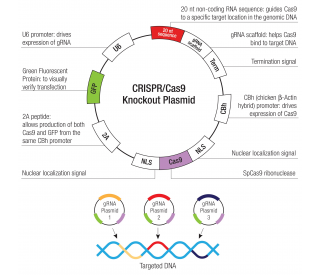
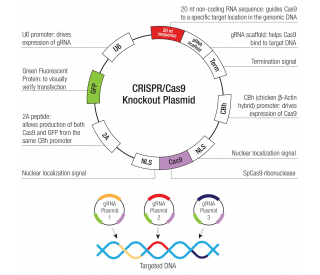
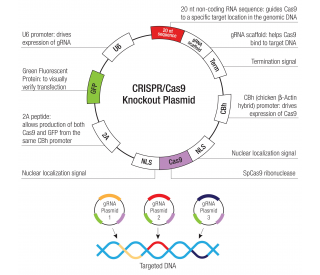
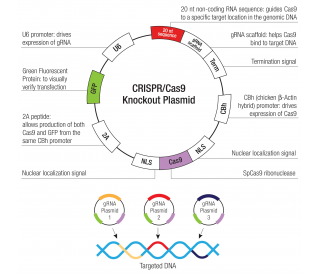
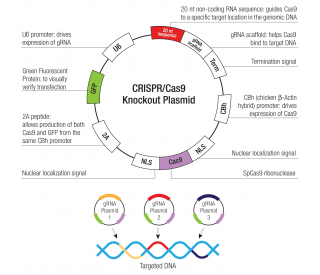
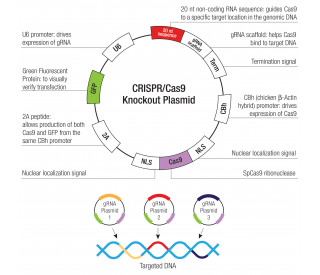



 粤公网安备44196802000105号
粤公网安备44196802000105号